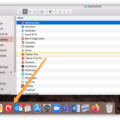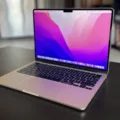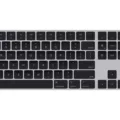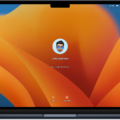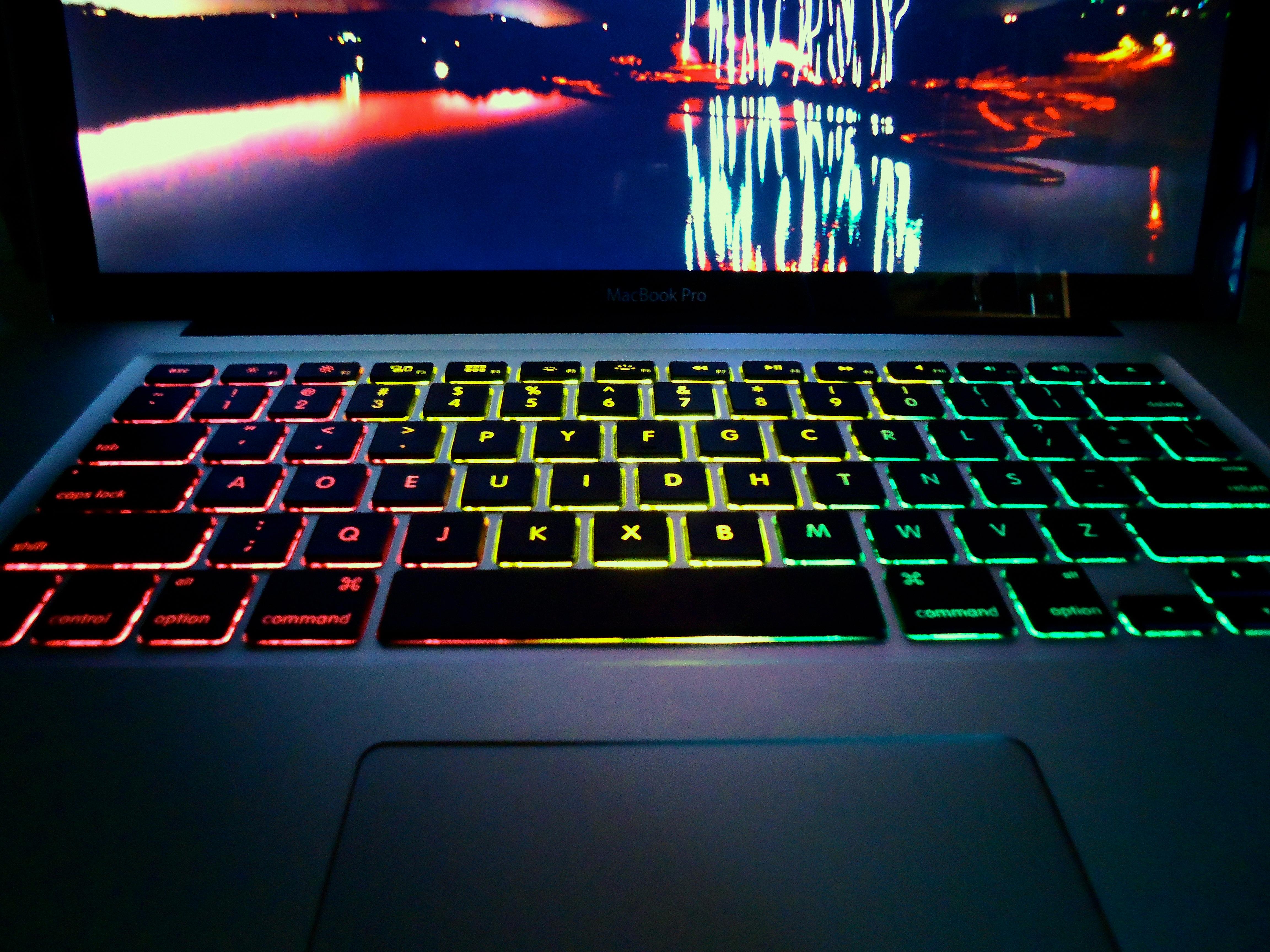Protecting your Mac with a lock screen is an important step in keeping your data safe and secure. Unfortunately, many Mac users don’t take this simple yet effective step. So, let’s take a few moments to explore how you can easily lock your Mac using the keyboard shortcuts or via the OS X menu.
First, let’s look at the keyboard shortcut. To quickly lock your Mac from your keyboard: Press Control + Command + Q. This shortcut will take you directly to the lock screen, which requires you to enter your user password before you can access your Mac again. If you want to log out entirely, press Command+Shift+Q instead – but note that this will also close any applications that are running.
You can also use the OS X menu to lock your Mac. To do so, go to the Apple menu in the top left corner of your screen and select “Lock Screen” from the drop-down list. This will display a login window where you need to enter your user password before you can access your Mac again.
If you want a bit more security for your Mac whle it is locked, then click on “System Preferences” and select “Security & Privacy” followed by “General”. Under “Require Password” tick the box next to “Immediately after sleep or screen saver begins” – this will ensure that whenever you wake up your computer or return from screensaver mode, it will prompt for a password before unlocking itself.
At frst glance locking down a Mac may seem like an extra hassle but with just a few clicks of the mouse (or keystrokes) it can provide an extra layer of protection for all of our valuable data and information stored on our machines – something well worth taking advantage of!
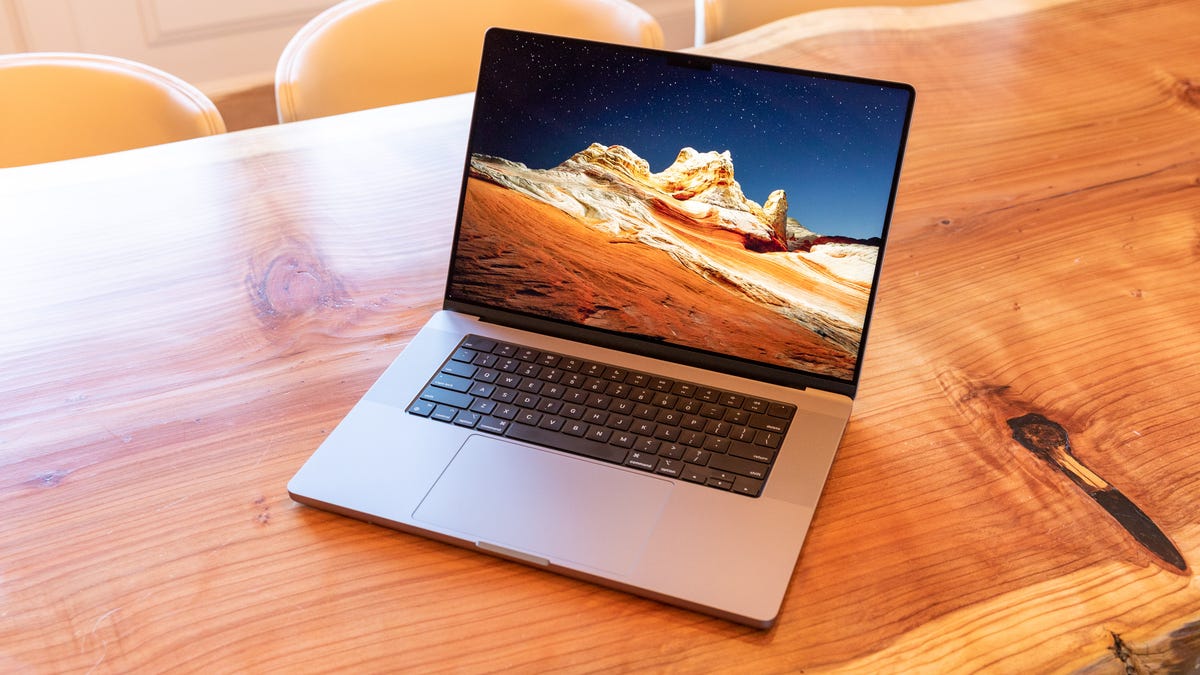
Locking a Mac Screen Using Keyboard Shortcuts
To lock your Mac screen with the keyboard, press and hold Control + Command + Q. This will bring up the login screen, which will require you to enter your username and password in order to unlock your Mac. Additionally, if you have enabled FileVault encryption on your Mac, you may be asked to provde an encryption key as well. Once entered correctly, you will be taken back to the desktop and your Mac is now locked.

Source: 9to5mac.com
Forcing a Mac to Lock Screen
To force your Mac to lock its screen, you can press Command+Control+Q. This will immediately lock your Mac and require a password to log back in. Alternatively, you can press Command+Shift+Q, which will completely log you out of your Mac and any applications that were running. If you wish to log back in, you will have to enter your password again.
Locking a Computer Screen
On a Windows PC, you can lock your computer screen by pressing the Ctrl-Alt-Del keys on your keyboard and selecting the “Lock” option from the menu. Alternatively, you can press the Windows Key + L to instantly lock your screen. On a Mac computer, you can lock your screen by going to System Preferences > Security & Privacy > General and checking the box for “Require Password Immediately After Sleep or Screen Saver Begins”.
Why Does My Mac Not Lock When Closed?
If your Mac is not locking when you close it, it may be because the setting to require a password after sleep or screen saver has not been enabled. To enable this setting, open System Preferences and select Security & Privacy. Click the General tab and then check the “Require Password” check box. Select “Immediately” from the pull-down options list to lock the Mac as soon as you close the device. Alternatively, select “After Sleep or Screen Saver Begins” to delay the lock until the Mac goes into sleep or screen saver mode.
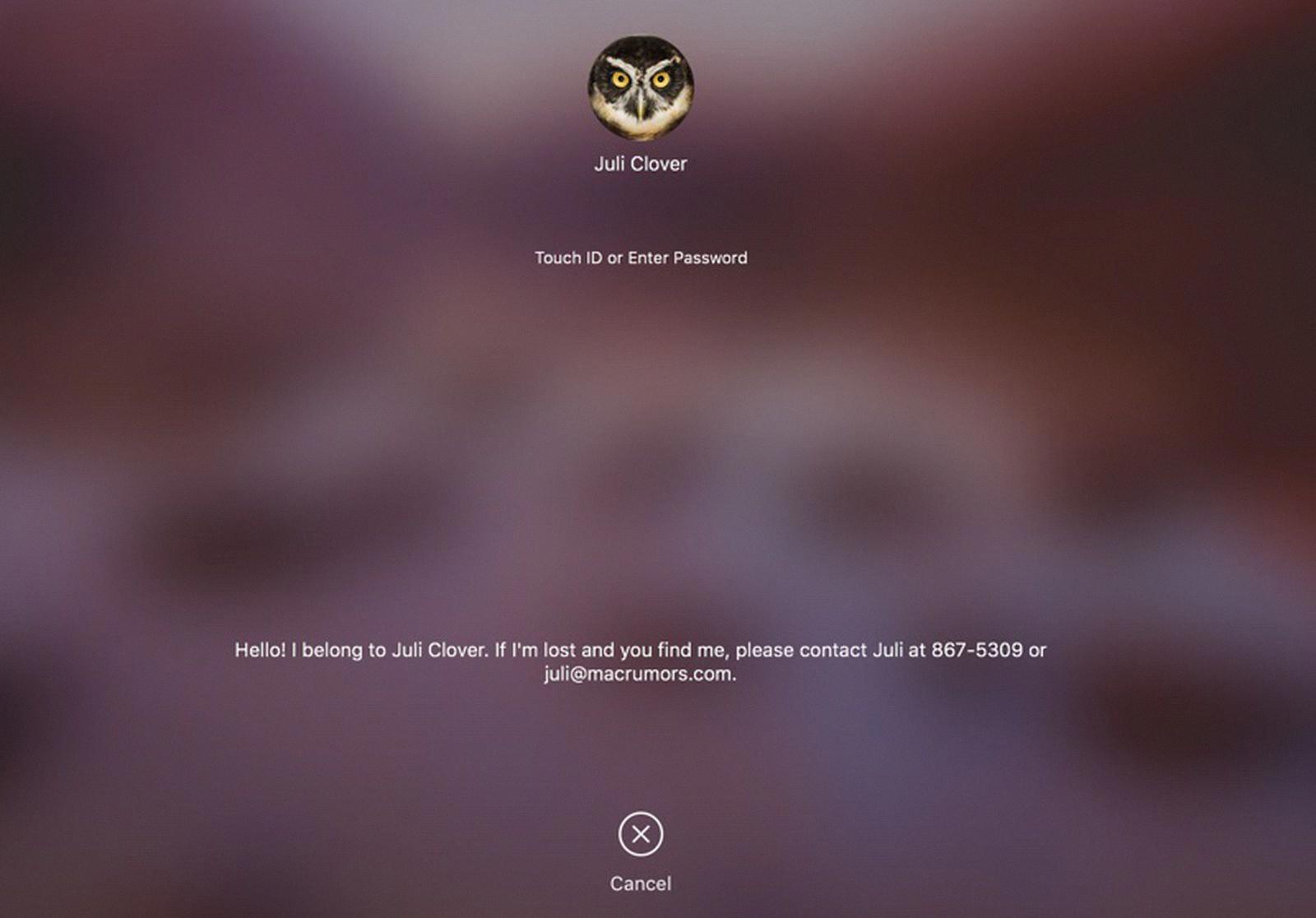
Source: macrumors.com
Locking Mac Screen Without Sleep
To lock your Mac screen without putting it to sleep, you can use the Lock Screen option in the Keychain Access menu. You can find this by opening Spotlight (? + Space) and searching for Keychain Access. Once opened, go to Preferences (? + ,) and check the box for Show keychain status in menu bar. This will add a lock icon to your Menu Bar, with an option for Lock Screen. Alternatively, you can add a keyboard shortcut for Lock Screen in System Preferences > Keyboard > Keyboard Shortcuts or Keyboard Tab.
Locking Mac Screen Without Logging Out
To lock your Mac screen without logging out, you can use the Control + Shift + Power keyboard shortcut. This shortcut will lock your computer and require anyone trying to gain access to enter your login password. To ensure that this shortcut is enabled, open System Preferences > Security & Privacy > General and make sure “Require password immediately after sleep or screen saver begins” is checked. You can also customize this setting by choosing a time interval after which the password prompt appears.
Conclusion
The lock screen is an essential security feature of your Mac, as it prevents unauthorized users from accessing your data and applications. By using the keyboard shortcut Control + Command + Q, you can quickly and easily lock your Mac, ensuring that all of your sensitive information is protected. Additionally, you can use the Command+Shift+Q shortcut to completely log out of your Mac, which closes all currently running applications. With these easy-to-use shortcuts and the peace of mind that comes along with them, locking your Mac has never been easier.

